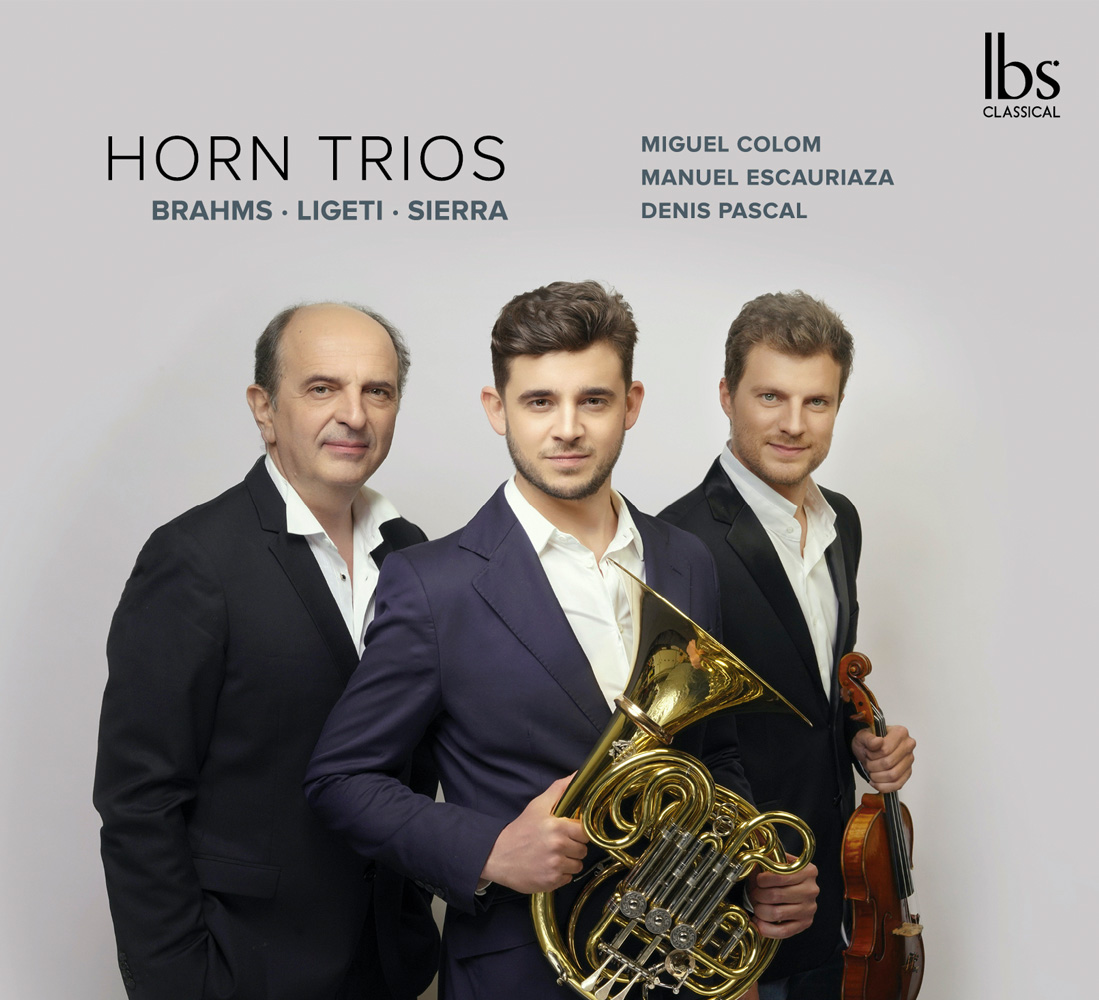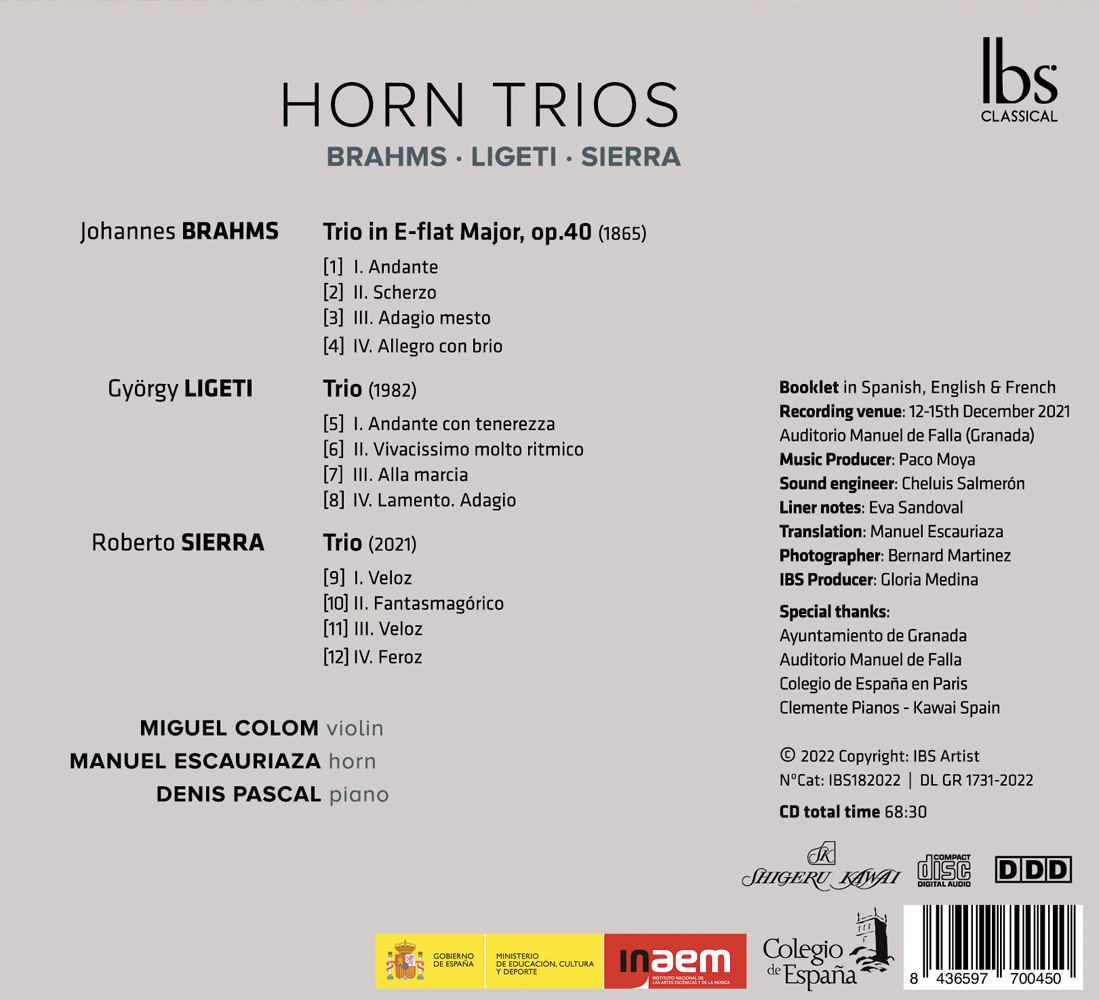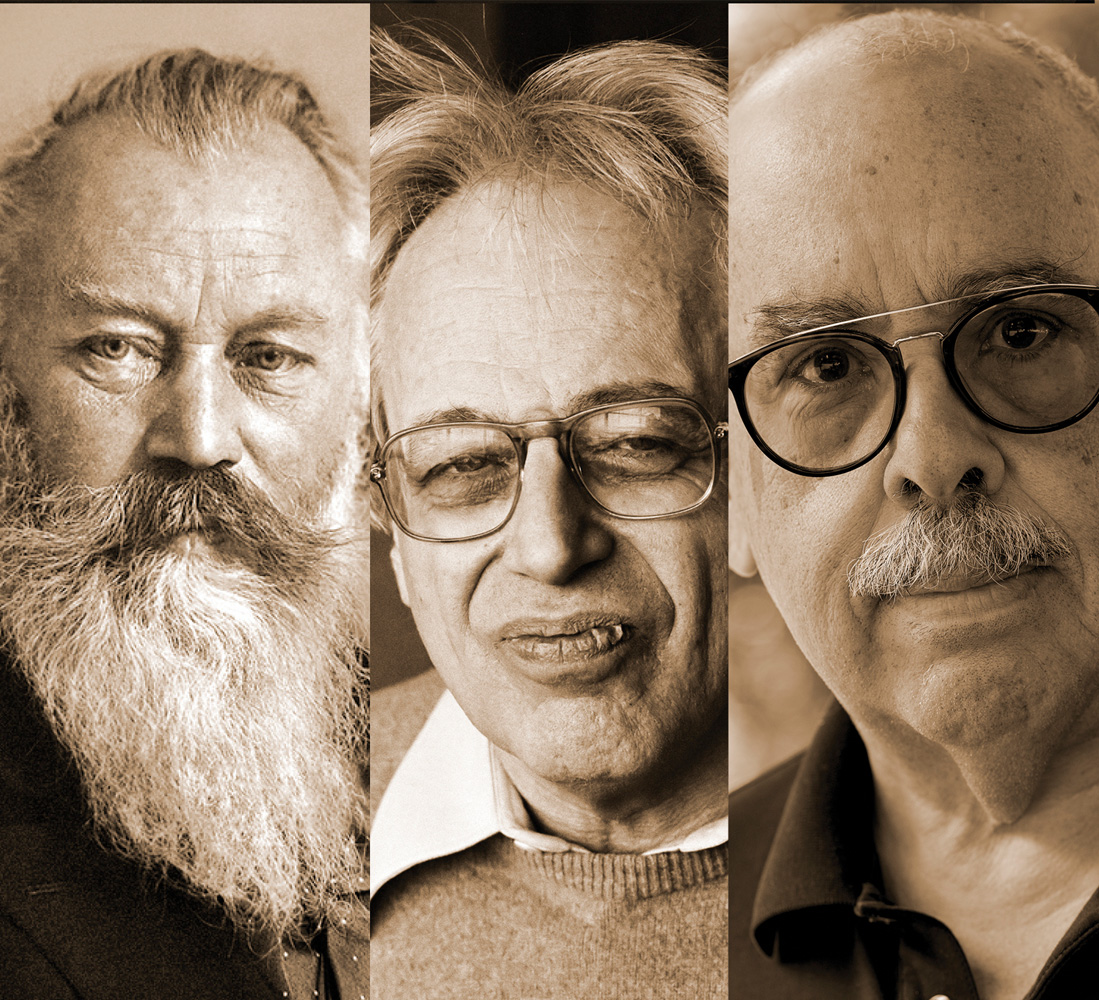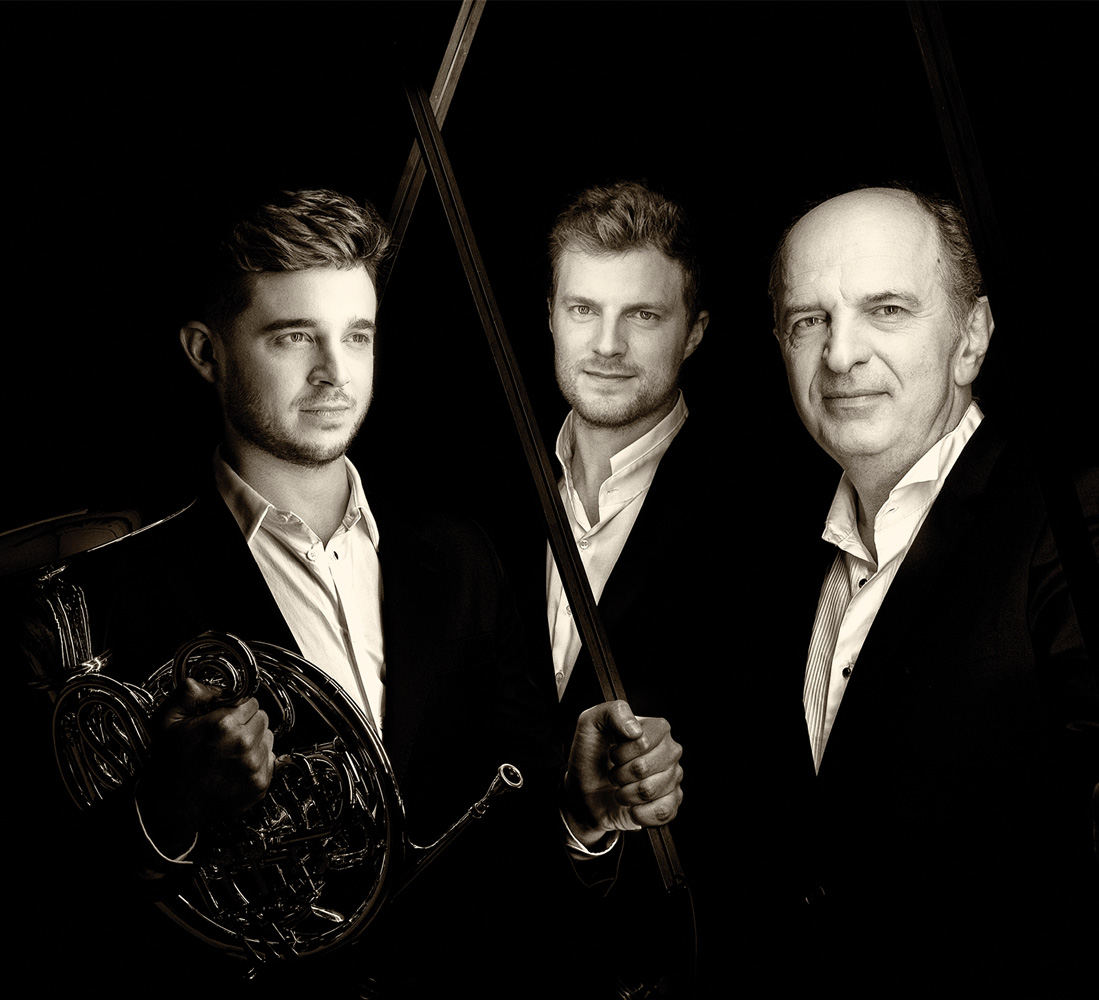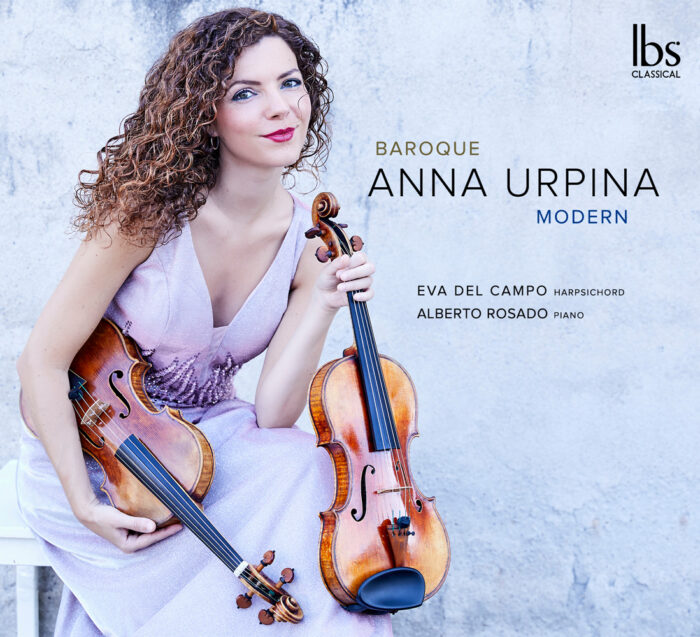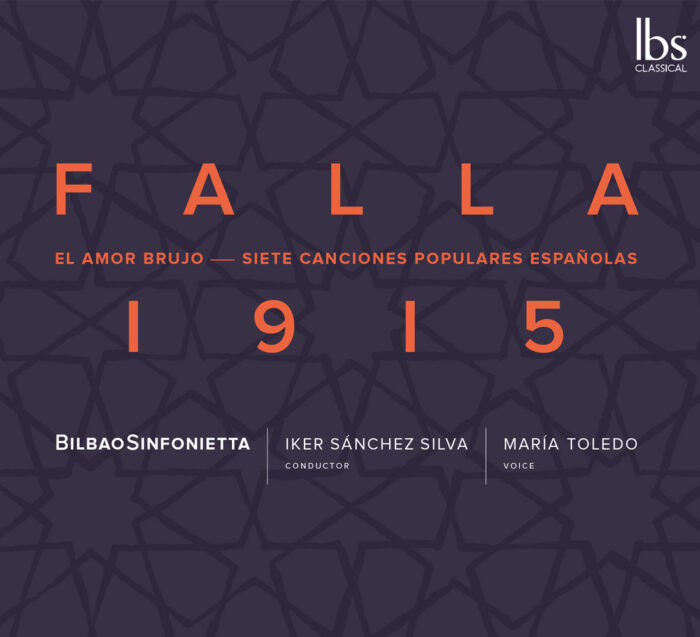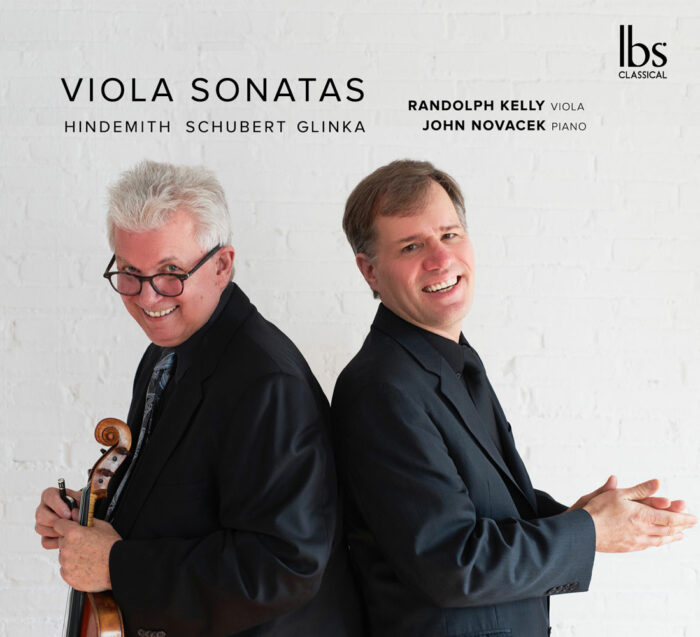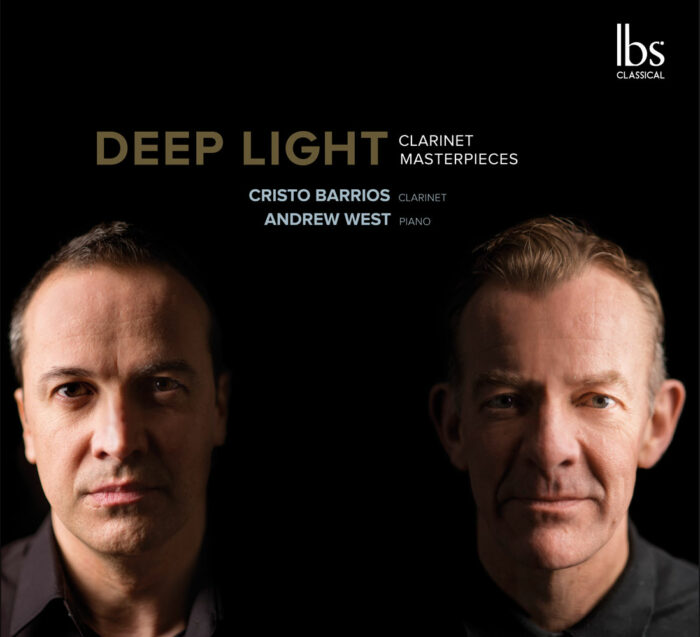Horn Trios
Roberto Sierra: Trio. I.Veloz (select)
14,95€
It should come as no surprise that an instrument with the horn’s peculiar sound potential and its attractive combination with two such devices as the violin and the piano has seduced classical composers such as Brahms or Ligeti. In this context, it is necessary and tremendously opportune that Escauriaza, Colom and Pascal have asked Sierra for a new work that updates the genre and enhances the virtuosity and expressiveness of the trio from today’s perspective. Thus, this disc proposes a journey from the past to the present through the last three centuries and by means of three works linked by history. Ligeti refers to Brahms, and Sierra to both: three essential and inseparable links. Miguel Colom is concertmaster violinist in the National Orchestra of Spain. Manuel Escauriaza is hornist in the National Opera Orchestra of Paris. Denis Pascal is a famous international pianist, professor in Conservatory Superior of Paris.
14,95€
Three centuries
Three centuries
“I am in a prison: one wall is the avant-garde, the other wall is the past, and I want to escape”.
György Ligeti
Researching the origins and evolution of the horn is a fascinating exercise, both because of the instrument’s versatility and the surprising geographical diversity that surrounds its development. From its origins of shells, horns and hollowed-out bones of ancient animals to today’s three-octave chromatic horn, dozens of centuries of refinement have passed. One of the most appreciated intermediate stages of this journey is to be found in 17th-century Europe, when hunting horns were created. Their appearance resembles the modern instrument, with coiled metal tubes leading into a wide bell and capable of emitting several natural harmonics. From these, the natural horn was constructed, a model which was introduced into the orchestra and with which, even without valves, players achieved the various notes by means of the most varied techniques. Bach, Handel, Vivaldi, Telemann, Haydn, Mozart and Beethoven wrote for this instrument, but also, curiously, Johannes Brahms (1833-1897).
Despite the fact that in 1865 horns with pistons had already been in circulation for half a century and were fully accepted in Austria and Germany, Brahms, always very attached to tradition, decided to write his Trio for horn, violin and piano in E flat major, Op. 40 for Waldhorn, a natural horn, an instrument, by the way, played by his father Johann Jakob. This choice was made on the basis of the timbre parameter, the reason for the great controversy generated by the introduction of the valves. Some performers and composers felt that the new mechanism compromised the authenticity and beauty of the horn’s original sound, which was sombre and mysterious, and prevented the optimal development of its legato smoothness. Moreover, the natural horn allowed the appropriate dynamic balance to be achieved, considering the volume reached by pianos of the time and violins with gut strings.
György Ligeti (1923-2006) conceived his 1982 Trio for horn, violin and piano in homage to Johannes Brahms, so it replicates the instrumental template of his Op. 40, as well as the division into four movements using formal schemes and scholastic thematic strategies. Although one of the Hungarian composer’s main virtues lay in his ability to generate and consolidate new compositional languages and systems (such as, for example, the so-called “micro-polyphony”), he never lost sight of the Western musical tradition. In fact, in his maturity, Ligeti turned his gaze more intensely towards the past to adopt a language of his own that he called “non-atonality” or “non-diatonic diatonism”, in which tonal chords, popular melodies, quotations from other authors or more.
Surely, this “different and indecipherable musical reality”, as Ligeti described the language of his trio, was much less cryptic for the Puerto Rican composer Roberto Sierra (b. 1953), one of the most renowned Latin American composers of our time. Sierra was a student of Ligeti at the Hochschule für Musik in Hamburg between 1979 and 1982, and like his master, he has succeeded in writing brilliant, direct music with its own identity. Sierra synthesises the European avant-garde with melodic, harmonic and rhythmic elements of Latin American folk song, jazz, salsa and African metrics. He calls this influence of Caribbean folklore “tropicalisation”. The trio featured on this album, made up of Manuel Escauriaza on the horn, Miguel Colom on violin and Denis Pascal on piano, commissioned Sierra to write a piece that he composed between 2020 and 2021.
EVA SANDOVAL
Miguel Colom
The international press has written that, “Miguel Colom plays with great distinction”, and has stressed his “narrative strength, vitality and passion”. Great respect for the works he performs, elegant playing and communication with the audience all make Colom an exceptional violinist.
Miguel is currently the First Concertmaster of the Spanish National Orchestra (OCNE). The success of Miguel Colom in many international competitions bear out his artistic quality: Prize winner in the Max Rostal International Competition, First Prize in the Ibolyka-Gyarfas Violin Competition Berlin, First Prize in the Competition of Juventudes Musicales de España, the Conservatorio Statale di Fermo award at the Andrea Postacchini International Competition in Italy, and the First Prize, Special Award and Prize for the best performer of Spanish music in the “Villa de Llanes” International Violin Competition.
As soloist, Colom has played with the the Konzerthausorchester Berlin, Orquesta Sinfónica de RTVE, Orqueta Sinfónica de Barcelona y Nacional de Catalunya, The World Orchestra, Orquesta Sinfónica Freixenet, Orquesta Sinfónica de El Salvador, Orquesta Sinfónica del Vallés, Orquesta de Cámara Andrés Segovia, or the Humboldt Universität Orchestra, amongst others, in prestigious concert halls such as the Philharmonie Berlin, Konzerthaus Berlin, Auditorio Nacional de Musica Madrid, Teatro Monumental, Fundación Juan March in Madrid, Helsinki Music Center, Auditori and Palau de la Música Catalana in Barcelona, Palau de les Arts in Valencia or Auditorio in Santiago de Compostela.
In parallel to his career as a soloist, Miguel Colom is an active performer in chamber music, having performed with artists such as Antje Weithaas, Rainer Schmidt, Denis Pascal, Cuarteto Quiroga, Cuarteto Casals, Artemis Quartet, Duo del Valle, Karl Leister, Pepe Romero, amongst others. He is currently a member of the Trío VibrArt, with the pianist Juan Pérez Floristán and the cellist Fernando Arias. He is regulary invited as concertmaster with renowned orchestras such as the Konzerthausorchestra Berlin, Orquesta Sinfónica de Madrid, Orquesta del Palau de les Arts Valencia, Orquesta Sinfónica de Tenerife, Orquesta del Principado de Asturias, and he has been invited to perform with the Berlin Philharmonic Orchestra.
Born in Madrid, he began to study violin with Sergio Castro and Anna Baget, then continued in some of Europe’s most prestigious institutions: Escuela Superior de Música Reina Sofía, under Rainer Schmidt, the “Hanns-Eisler” Hochschule für Musik Berlin with Antje Weithaaas and the Arts University of Berlin (UDK) with Nora Chastain. He has also participated in master classes with important performers including Eberhard Feltz, Ferenc Rados, Ana Chumachenco, Claudio Martínez Mehner and Mauricio Fuks.
This training in top level institutions was backed by scholarships, such as the Postgraduate Grant from the Obra Social La Caixa, the senior specialisation grant from the Sociedad de Artistas Intérpretes o Ejecutantes AIE and a grant from Juventudes Musicales de Madrid.
Between 2016 and 2019 Miguel was professor in the Conservatorio Superior de Música de Aragón (Zaragoza). Since 2019 he is profesor in the Universidad Alfonso X el Sabio Madrid and he also teaches in the Baremboim-Said Orchestral Studies school in Seville. He plays on a 2018 Julia Pasch violin and a 2019 Ragnar Hayn violin.
Denis Pascal
Denis Pascal se produit en France et dans le monde entier comme soliste et comme musicien de chambre. Il a fait de nombreuses apparitions aux Etats- Unis (Lincoln Center et Merkin Hall de New York, Kennedy Center de Washington, Herbst Theater San Francisco…) en Asie (festival de Yokohama au Japon, Séoul…) et en Europe (Palerme, Rome, Venise, Lisbonne, Helsinki, Liepaja, Madrid, Valence…). Il est régulièrement invité en Allemagne au prestigieux festival de piano de Husum, y défendant les programmes les plus audacieux. En France, à Paris, le public du Théâtre des Champs-Élysées, du Théâtre du Châtelet, du Théâtre de la Ville, de la Salle Gaveau et de l’Opéra
Garnier a pu l’applaudir, ainsi que celui de nombreux festivals internationaux. Il s’est produit avec les orchestres nationaux de Lyon, Bordeaux, Besançon, Toulouse et l’Orchestre d’Auvergne.
Les concerts de Denis Pascal sont mûrement réfléchis. Soucieux de garder une conscience historique du répertoire, il sort souvent des sentiers battus et donne des concerts à la fois marquants et ouvert à tous, appliquant avec rigueur une éthique constance tant dans le répertoire lisztien que la musique impressionniste ou les partitions post-romantiques, cette approche singulière de tous les pans du répertoire pianistique ainsi que son ardeur à défendre les œuvres et compositeurs plus rares font de lui l’un des artistes les plus marquants de la scène française et internationale.
La discographie de Denis Pascal reflète bien sûr ses engagements musicaux. Pour le label français Polymnie, il a ainsi enregistré l’intégrale des Rhapsodies Hongroises de Franz Liszt dont la force expressive été unanimement saluée par la presse musicale, avec notamment un Choc du Monde de la Musique, le Prix de l’Association Française Franz Liszt, le « Recommandé » par Classica. Il a gravé le Concert pour violon, quatuor à cordes et piano d’Ernest Chausson, qui a reçu un accueil enthousiaste de la critique. Peu après, sa collaboration avec l’orchestre Les Siècles de François-Xavier Roth dans les deux concertos de Chopin a renouvelé notre vision des sonorités de ces œuvres emblématiques – piano Pleyel 1900 et instruments d’époque. Parmi les projets discographiques qui ont connu une énorme reconnaissance de la critique : un disque monographique consacré à Jean Wiener pour Sisyphe qui a obtenu un Diapason d’Or.
En octobre 2012 paraît un nouveau volume consacré à la musique de chambre de Jean Wiéner, et en 2013 paraîtra un enregistrement des Moments musicaux et Sonate D.960 de Schubert.
Disciple de de Pierre Sancan, il étudie au CNSM de Paris également avec Jacques Rouvier, Léon Fleisher et Gyorgy Sandor. Lauréat des concours internationaux de Lisbonne, du Concert Artist Guild de New York, Zürich, il part aussitôt se perfectionner auprès de György Sebök, à l’Université d’Indiana à Bloomington durant trois ans. Ce seront ensuite des collaborations et des tournées régulières avec le grand violoncelliste Janos Starker.
Pédagogue unanimement apprécié, Denis Pascal a été nommé professeur au CNSM de Lyon en janvier 2010, puis au Conservatoire National Supérieur de Musique de Paris en avril 2011. Il a également contribué à l’élaboration de plusieurs ouvrages didactiques en collaboration avec la Cité de la Musique de Paris. Il est à l’origine de plusieurs saisons musicales, dont la saison « Les Tons Voisins » – Rencontres internationales de musique de chambre à Albi – qui rencontre un vif succès. Louée unanimement par la presse, cette saison investit les lieux les plus inattendus de cette ville récemment classée patrimoine mondial de l’UNESCO.
